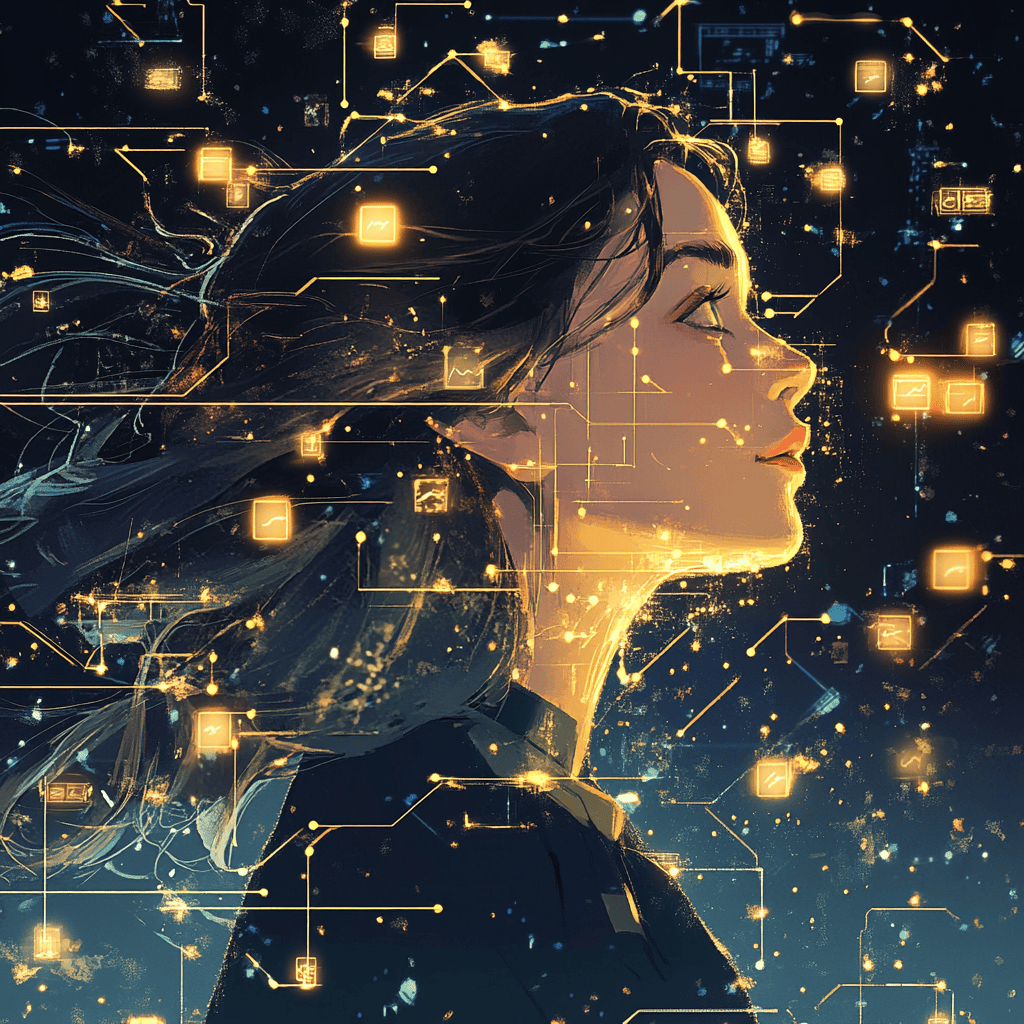In the world of digital art, the issue of copyright protection is becoming increasingly relevant. Artists who create illustrations face problems with illegal use of their works, copying without permission, and lack of control over the distribution of content. With the advent of blockchain and NFT, it has become possible to effectively protect your creativity.
NFTs (non-fungible tokens) allow ownership of digital works to be recorded on the blockchain, creating a transparent and immutable ledger of ownership. However, even with these technologies, artists must take additional steps to protect their artwork from plagiarism and fraud.
In this article, we will look at how copyright protection works in the blockchain, how to register your illustrations as NFTs, and what mechanisms allow you to defend your rights in case of violation.
How does blockchain help protect copyright?
Blockchain is a decentralized system that records data on an immutable digital ledger. This means that all transactions, including the issuance of NFTs, remain transparent and recorded forever .
The main methods of protection through blockchain:
● Tokenization of works – each illustration can be linked to an NFT, confirming the originality of the work.
● Recording of creator data – when a token is issued, information about the original owner is stored in the blockchain.
● Automatic royalties – the artist can receive a percentage of each resale of their work without having to manually control the process.
Thus, blockchain not only verifies authorship, but also allows digital art creators to monetize their works in the long term.
What risks remain for artists in the NFT world?
Despite all the advantages of blockchain, NFT does not completely solve the problem of copyright protection. Fraudsters can download other people’s illustrations, sell them as their own and make money on it.
Main threats:
● Content theft – attackers can turn other people’s illustrations into NFTs without the author’s permission.
● Lack of legal protection – if the work was used without consent, not all platforms respond promptly to complaints.
● The problem with anonymity is that fraudsters can hide their identity, making it difficult to file claims.
To reduce risks, artists need to not only issue NFTs, but also take additional steps to legally protect their work.
How to register copyright for digital illustrations?
Although the blockchain records the creation of an NFT, legally this is not always considered an official registration of copyright. In some countries, it is important to additionally register works in government databases .
Possible registration methods:
● Submitting an application to a copyright office – for example, in the USA you can register a work through the US Copyright Office.
● Using specialized platforms – services such as Ascribe or Po.et allow you to additionally confirm your ownership.
● Self-signed data capture – creating digital proof of authorship through blockchain platforms like Arweave or IPFS.
These measures help protect works not only in the NFT world, but also in the traditional legal system.
What to do if your work is stolen and released as an NFT?
If someone has turned your artwork into an NFT without permission, you should take steps to remove the token and block the scammer as soon as possible.
Algorithm of actions in case of violation of rights:
- Contact the marketplace – most platforms (OpenSea, Rarible) have a form for filing complaints.
- Provide evidence – original files, links to publications, certificates of authorship.
- Contact legal services – some platforms require a formal request to remove NFTs.
- Post a public statement – it is important to warn your audience about the scam and protect your reputation.
The reaction of marketplaces may vary, so it is better to take measures in advance to prevent such situations.
The Future of Copyright in the Blockchain Era
Blockchain technologies continue to develop, and in the near future we can expect improvements in copyright protection mechanisms . Automated plagiarism detection systems based on artificial intelligence are already being developed , and some blockchains are implementing special smart contracts that prevent illegal copying of works.
What will change in the coming years?
● Increased control by NFT marketplaces.
● The emergence of international copyright standards in Web3 .
● Development of digital signature technologies and unique marking of illustrations.
It is important for artists not only to keep up with new protection tools, but also to take steps to protect their rights themselves .
How can an artist protect their work in Web3?
To minimize the risks of copyright loss and fraud in the NFT world, it is necessary to:
● Release your works as NFTs yourself and record their authorship.
● Register copyrights in government databases or on specialized platforms.
● Track publications of your illustrations online and on marketplaces.
● Use legal mechanisms to protect your work in case of theft.
● Keep up with the development of blockchain technologies to use new security methods.
Blockchain gives artists powerful tools to protect their creativity, but their effectiveness depends on how consciously creators approach their legal protection.
Questions and Answers
It records information about the owner of the work and stores data about each transaction, which confirms the authenticity of the work.
Yes, but it is better to additionally register copyrights with official bodies or special services.
You need to file a complaint against the marketplace, collect evidence and contact lawyers to protect your rights.

